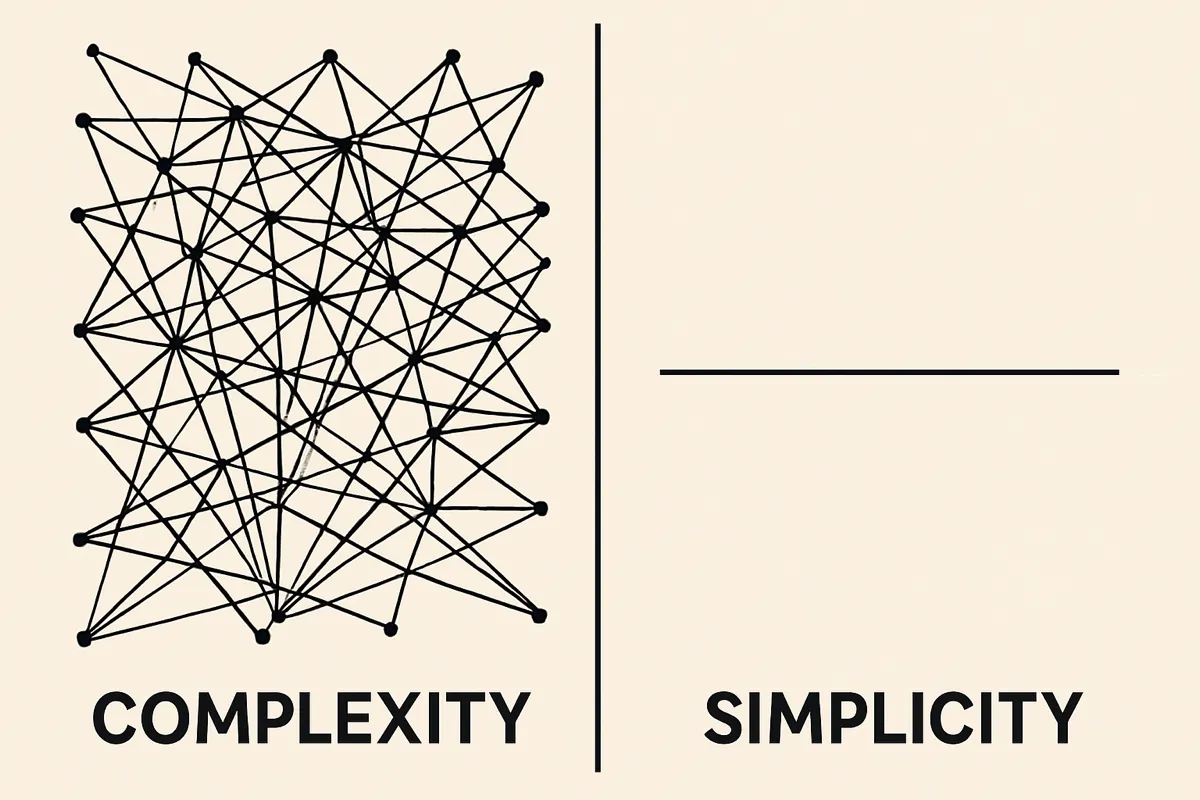Your business is growing — great news! But growth also means complexity. Behind-the-scenes operations, systems, and processes become more detailed and harder to manage. However, customers don't care about complexity. They simply want things to be easy and effortless.
One key idea in customer experience is that people value simplicity and ease above all. Reducing the effort customers need to make is essential for building loyalty. As your business grows, it's important to hide internal complexity and continue offering experiences that feel simple and smooth.
Here, we'll discuss three common ways growing complexity affects customer experiences — and how to solve these issues.
Issue 1: Poorly Communicated Policy Changes
As your business expands, policies naturally evolve. But if customers aren't informed clearly, they'll feel frustrated and confused.
Example
A subscription service adds a €15 cancellation fee to improve revenue stability. Internally, this makes sense. However, customers aren't told clearly beforehand. They feel surprised and frustrated, leading to complaints, cancellations, and negative reviews.
The CX Lesson
- Tell customers early about changes. Explain what's changing, why it's happening, and how it impacts them.
- Use simple, clear language. Customers appreciate clarity, not fancy terms.
- Offer flexibility or grace periods. This helps reduce customer frustration.
Customers accept change if they are informed clearly and respectfully.
Issue 2: Internal Silos Affecting Customer Experience
Growing companies often create specialized departments like Marketing, Inventory, Support, and Customer Success. Specialization helps internally, but poor communication between teams creates confusion for customers.
Example
A clothing store's marketing team announces a flash sale without informing inventory. Items sell out quickly. Customer Success and Support teams aren't prepared to handle customer questions or frustration, resulting in unhappy customers and damage to the brand's reputation.
The CX Lesson
- Make customer experience everyone's job. Departments like Marketing, Inventory, Support, and Customer Success must work closely together.
- Use cross-team groups or "CX teams." Members from different departments collaborate to avoid surprises.
- Create shared goals. Teams focus together on simple outcomes, like fast problem resolution and happy customers.
Your customers see one brand — not different departments. Keep departmental complexity invisible.
Issue 3: Communication Overload
Growing businesses often communicate more often with customers, but too many messages can overwhelm and irritate them.
Example
An online retailer sends daily promotional emails. Customers get annoyed and unsubscribe, accidentally missing important information like shipping updates or order confirmations.
The CX Lesson
- Separate promotional and important messages. Let customers choose what they want to receive.
- Check customer engagement. Watch open rates and unsubscribe rates closely.
- Communicate intentionally. Send fewer messages, but make sure they're useful and personalized.
Customers want clarity, not constant communication.
How To Keep Things Simple
- Analyze customer behavior to guide your communication strategy. Look at how customers interact with your messages — when they open them, which ones get ignored, and when they opt out. Use this insight to cut unnecessary noise and focus on messages that matter. Aim for clarity, not quantity.
- Prioritize relevance over frequency. Sending fewer messages doesn't mean silence. It means each message must serve a clear purpose and be tailored to the customer's context — timing, preferences, and past behavior.
- Test and learn constantly. Try different types of communication strategies, measure the impact, and adjust. Keep refining your approach to match evolving customer needs without overwhelming them.
Final Thought
Operational complexity is necessary as your business grows, but customers shouldn't have to deal with it. Providing a simple, effortless experience builds loyalty and keeps customers happy. Remember, the best customer experiences are easy, no matter how complicated your internal operations become.
